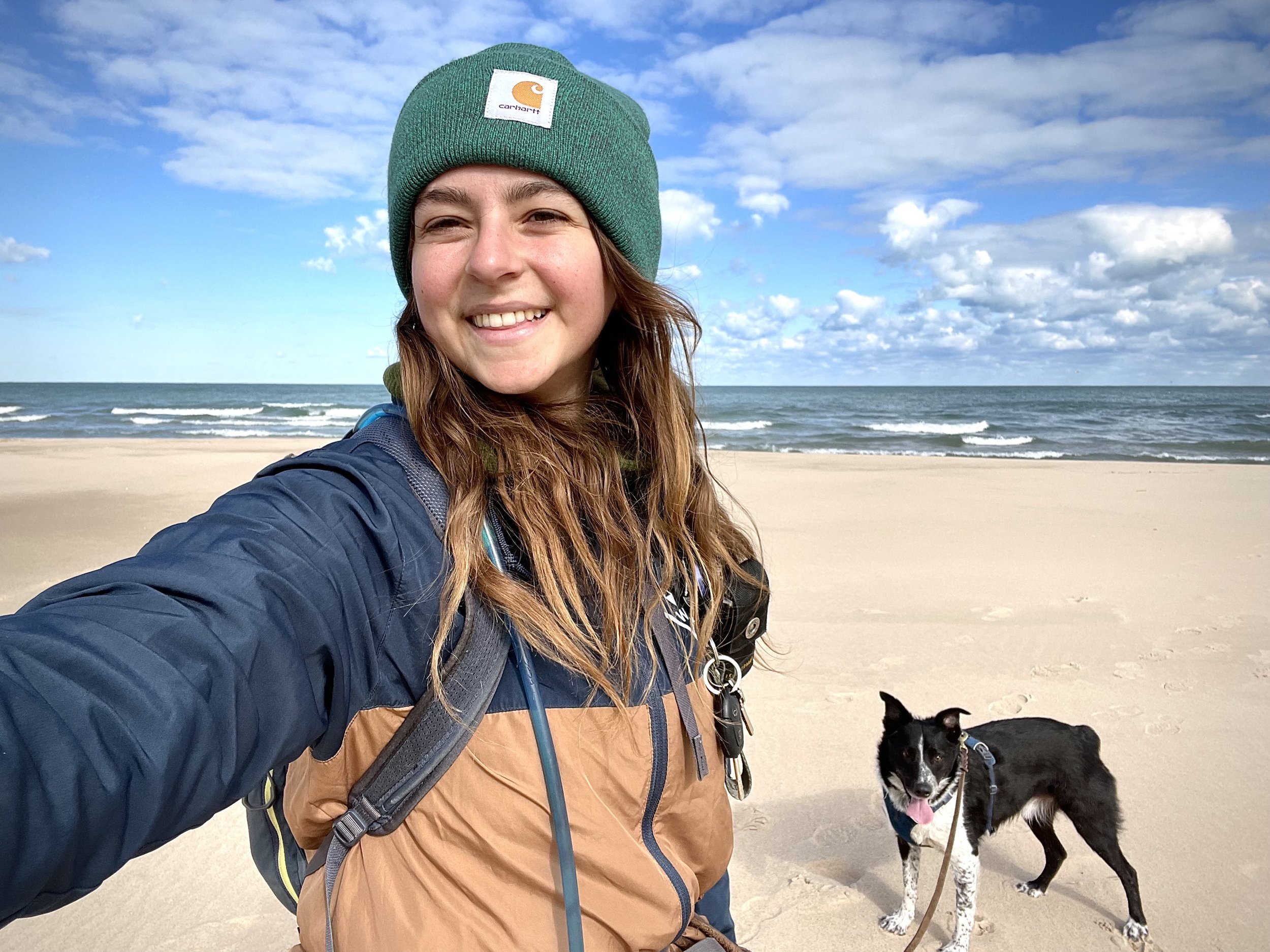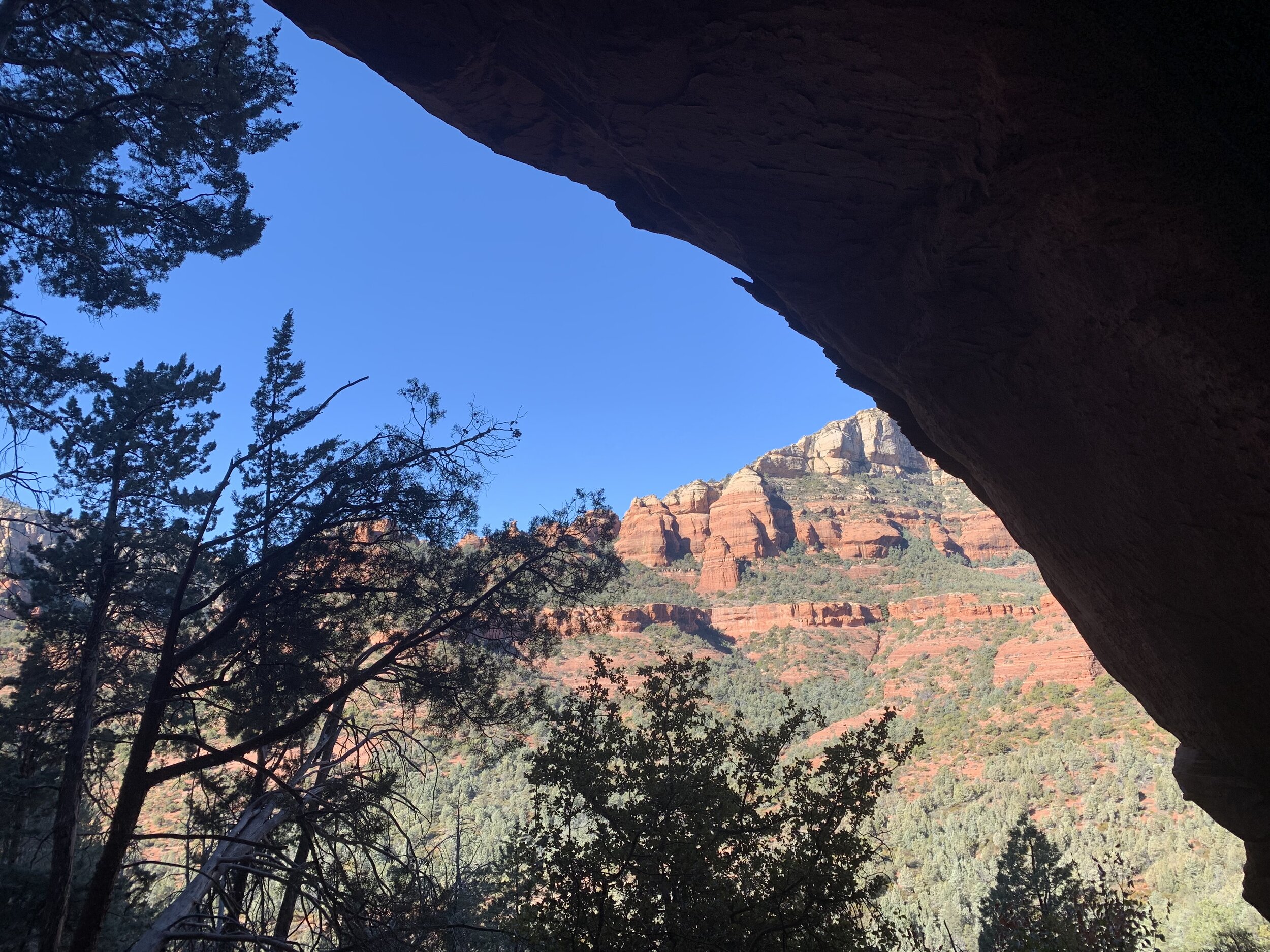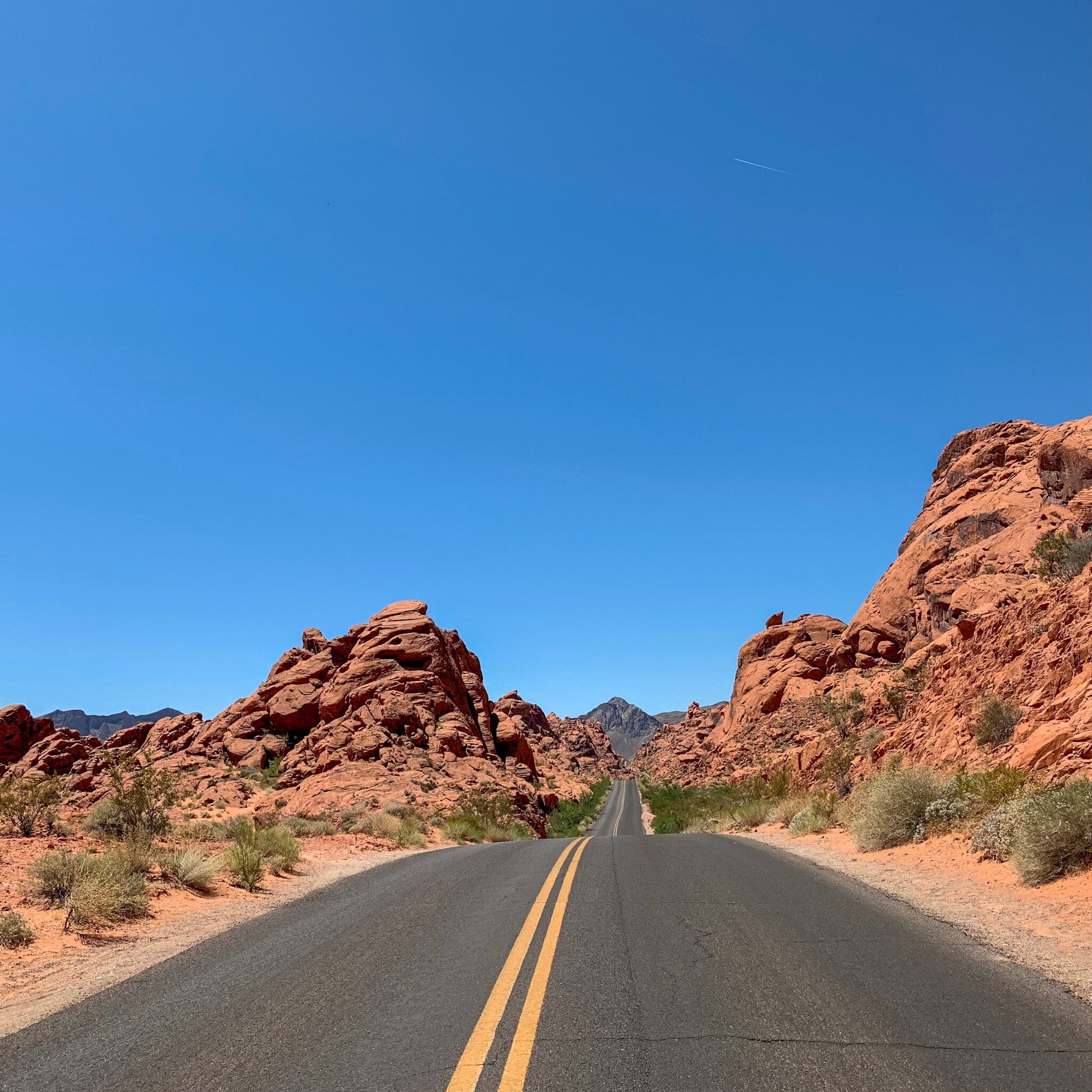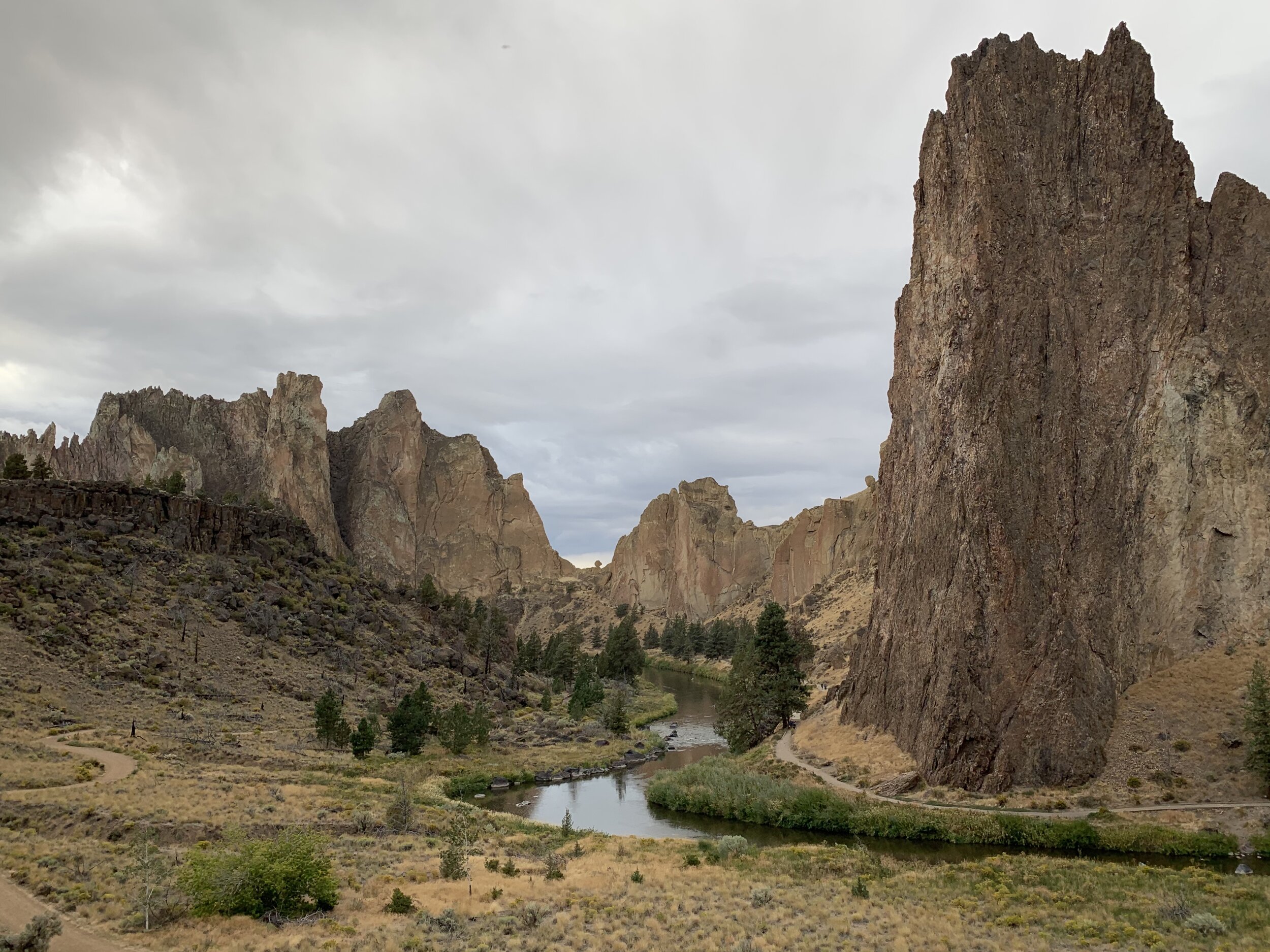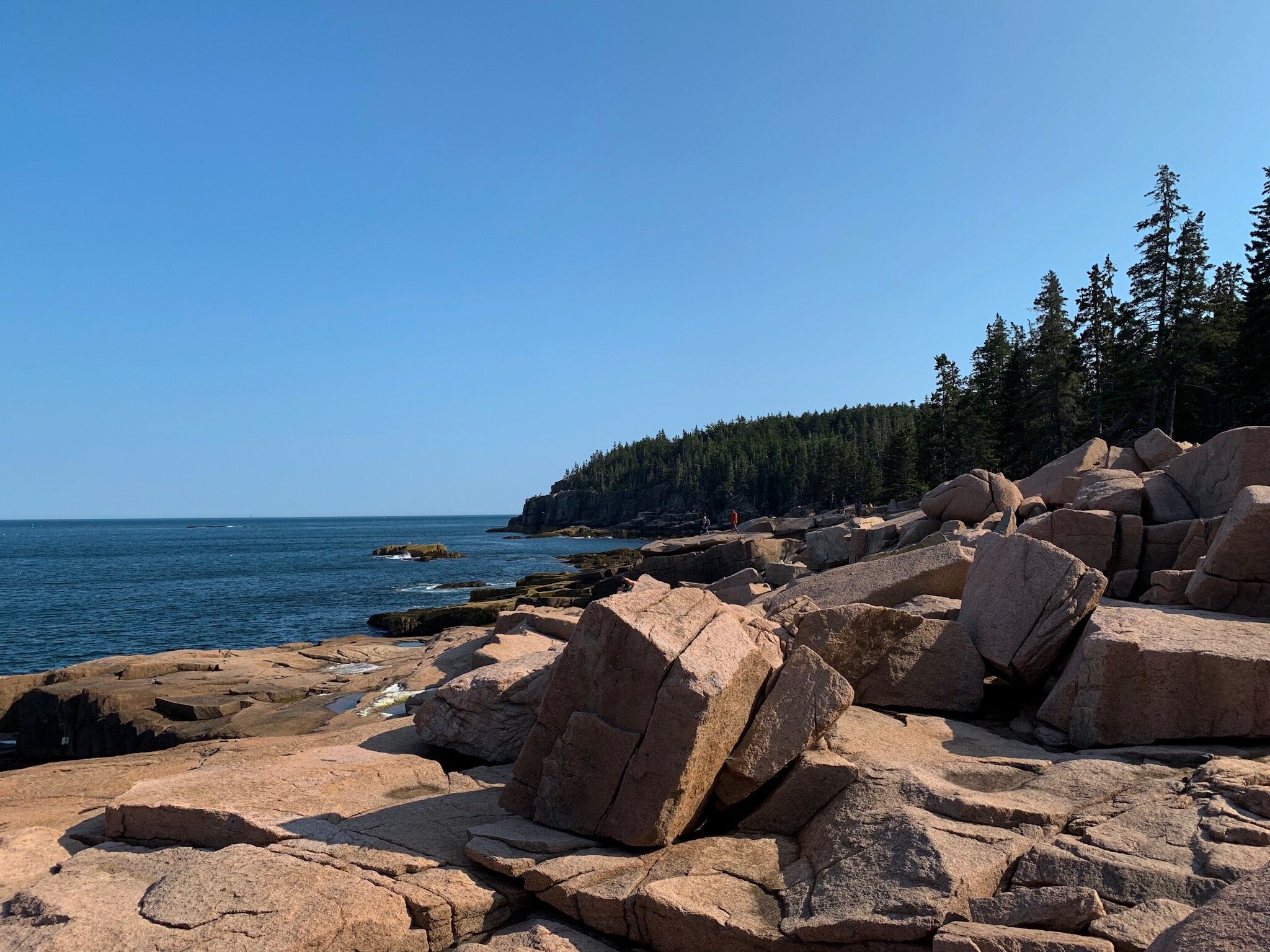National Parks are some of the country’s most accessible and abundant nature focused destinations, but for a lot of solo travelers, they’re often intimidating. National Parks seem to be full of unknowns, opportunities to get lost, and no cell service… oh my. But, for many, like myself, National Parks are places of refuge. Personally, National Parks are some of the easiest places to visit as a solo traveler, once you know how to do it.
So, who am I, and why should you listen to my advice about this? My name is Halle, and I’ve been to 51 National Parks, most of them solo, and some more than once. I’ve been solo traveling since March 2019 and traveling full time since June 2019. One of my friends on TikTok even refers to me as the National Park Queen (since I’ve been to so many), this is genuinely my area of expertise.
These are all my tips for navigating and visiting your first National Park… as a solo traveler.
New River Gorge National Park
Go to the Visitor Center
When I first arrive at any National Park, I always make sure to do two things that are going to help my trip tremendously: get a park map, and go to the visitor center to ask a seemingly ridiculous amount of questions.
At most big parks, you’ll be offered a park map when you go through the entrance station, but at smaller parks that may not have an entrance station, you’ll want to grab one of these at the visitor center as well.
Then, I ask all my questions. These include:
I’m only here for one (or two or three) day(s), what should I absolutely make sure I see and do?
How do I get there if I lose cell service?
Where can I walk my dog? (many National Parks do not allow pets on trails)
Where can I refill water?
Where can I camp? / Is the campground full yet?
These questions will help you get your bearings and might lead to other things you need to know as well. Rangers are experts on their park, so don’t be afraid to ask them anything so that you have all the resources you need to have a safe and fulfilling trip.
Indiana Dunes National Park
Know The Basics Ahead of Time
I always visit the National Park Service website before my trip even starts so I have some basic information prior to arriving. The things I’m looking for when I visit the website include the absolute basics and then any information that might affect my plans in the park. It’s important to know these things ahead of time so that you aren’t caught off guard without cell service.
Basic information I want to know is:
-Admission fees and tour fees
-Where my pet can go
-Visitor Center hours
-Expected weather while I’m there
When it comes to information that may affect my plans, I’m usually looking for closures and timed entry regulations. I want to know if there are any roads closed for construction or weather, if there are any trails closed for various reasons that I might have been trying to hike, if there are climbing restrictions, seasonal restrictions due to weather or animal protection, and if admission to the park requires timed entry (like Yosemite and Rocky Mountain). This is also a great time to check if the hike you want to do requires permits (here are my tips for the Angel’s Landing permit system in Zion!) and if there are any environmental concerns you should be aware of (like harmful algal blooms in Zion’s water, which could be toxic if you or your dog drinks from the river).
Kenai Fjords National Park
Take a Hike!
Hiking is one of the best ways to explore a park and it’s a sport you can definitely do solo! Ask a ranger what hikes would be best for your skill level and go explore. Be honest about your hiking experience though, and don’t be afraid to pick up a trail map or only do a shorter trail if you’re new to hiking alone.
New River Gorge National Park
Make Friends
I love meeting people in the places I visit. Making friends is easy when you stay in campgrounds, and oftentimes you’ll be able to connect with someone who might be down to go on an adventure with you. Making friends on your solo travels is part of what makes solo traveling so fun and memorable. So don’t be afraid to go say hi, as long as you feel safe doing so!
Badlands National Park
Stay in Touch with an Emergency Contact
When solo traveling, especially in a place that may not have cell service in it like many National Parks, it’s important to choose an emergency contact to stay in touch with, in case anything happens to you. I often recommend sharing your location with a friend or family member, but also letting them know your plans. Text someone the name of the trail you plan on hiking before you leave cell service, as well as when you expect to return to cell service. Leave them instructions on what they should do if they don’t hear from you in that window of time, so that if you get hurt, they can call for help.
I also do recommend getting certified in Wilderness First Aid if you have the means to. I personally am a Wilderness First Responder and this makes me feel a lot safer and more prepared for longer and more remote trips.
Wind Cave National Park
Get Out of Your Comfort Zone
You’ll see it everywhere on my website: GET OUT OF YOUR COMFORT ZONE!
Do something that scares you just a tiny bit. Whether that’s taking the cave tour, going and making friends, swimming in the alpine lake you hiked to, or simply taking the trip at all, get out of your comfort zone. It’s going to lead to some incredible memories.






